For people with moderate visual impairment, enhanced perception in other senses is a phenomenon that is fairly well-reported. Activities such as learning to play a musical instrument, where muscle memory is of greater significance than processing and reacting to visual stimuli can come relatively naturally in certain cases. Combining the interaction of both auditory and tactile senses, this pursuit can be quite stimulating. While conventional instruments do lend themselves quite well to this purpose, there are presently few true alternatives that explicitly cater to those with impaired vision. However, a trio of Korean designers - Eojin Roh, Seonjin Baek, and Yujeong Shin - are now setting about to change through the product of their collaborative imagination named ‘VITAR.’ Designed as a guitar that eschews a traditional stringed fretboard in favour of one that employs braille embossed buttons, the conceptual product design attempts to bring greater inclusivity to musicianship, with a sleek and distinctive body.
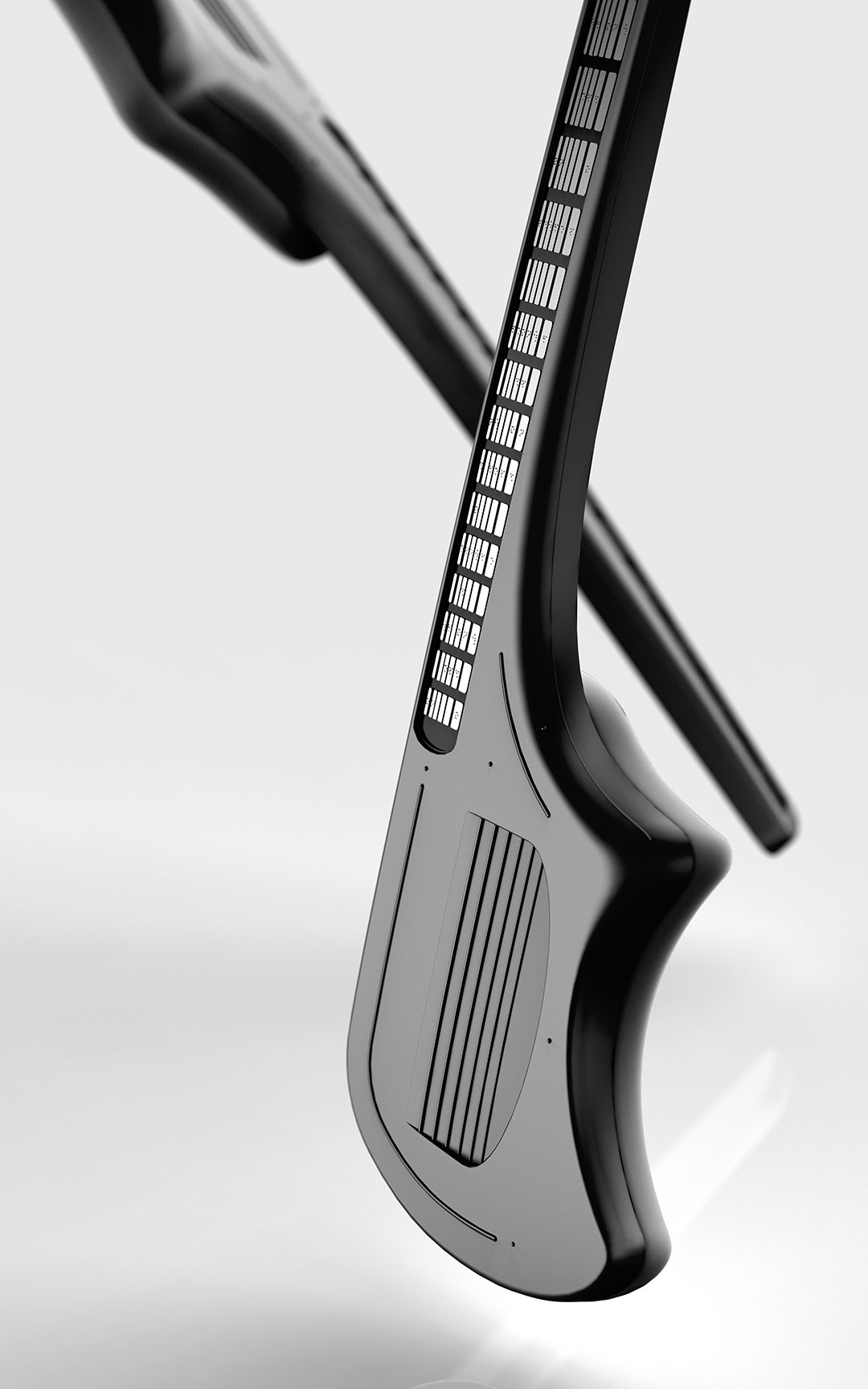
Although VITAR’s manner of functioning is closer to that of a keytar than a traditional guitar, the layout of the fretboard emulates the latter instrument fairly closely with six sets of metal buttons arranged in a row at each half-step interval. Even the relative widths of the buttons themselves are reflective of string thicknesses on a standard guitar, diminishing from one side to the other. Replacing conventional tonewood fretboards with this colder material palette and revamped design effectively alters the nature of the instrument as a whole – from that of a hybrid digital and stringed configuration to more of a MIDI interface whose output is sent to a Digital Audio Workstation (DAW) - a sign of higher degrees of digitisation in music technology and sound design.
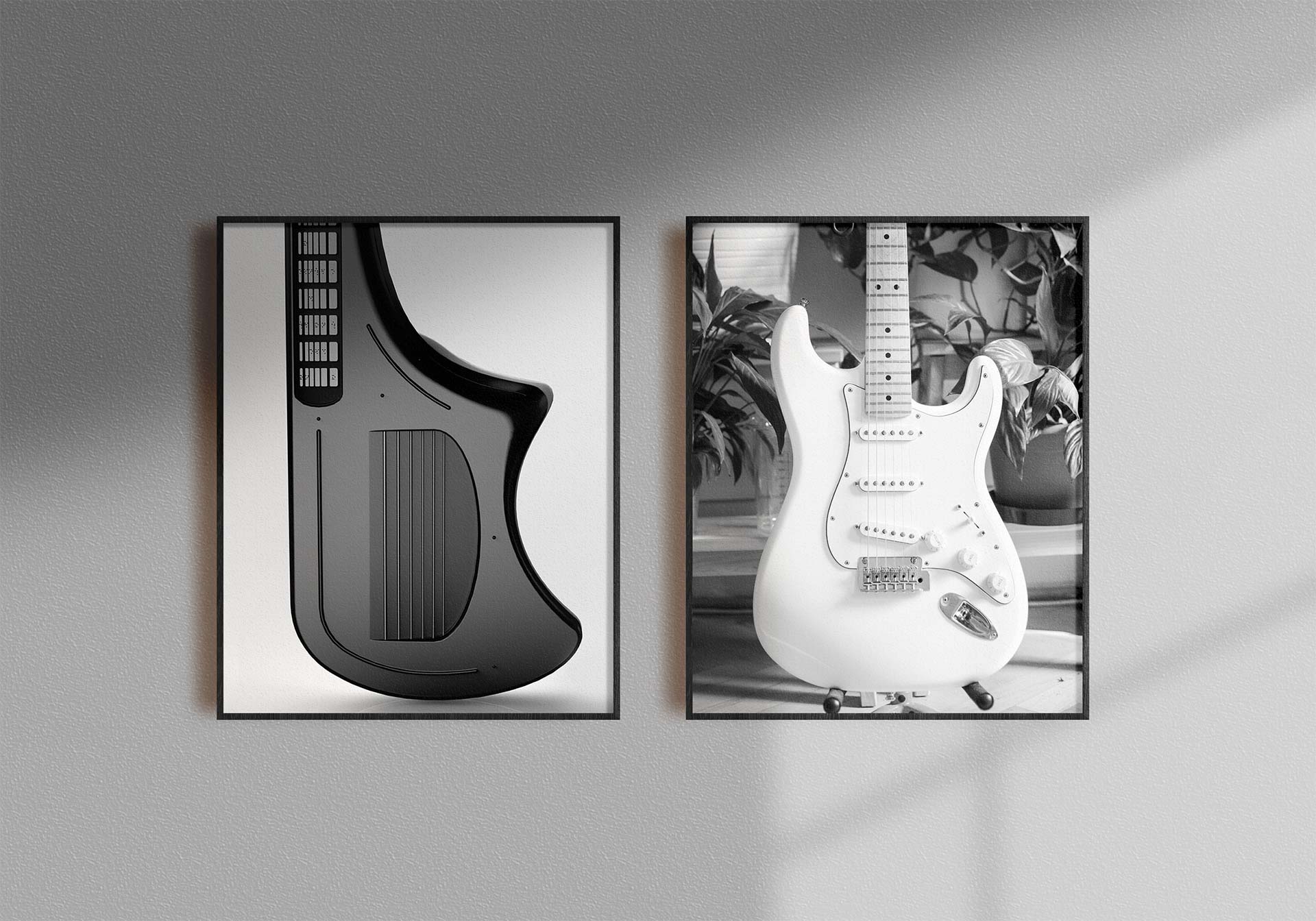
In effect, this significantly reduces the barrier of entry for beginners who would otherwise have to incrementally develop their finger strength and dexterity while also eliminating the initial discomfort of pressing down on coiled metal or nylon strings. Additionally, the instrument does not require tuning or string replacement of any kind. Removing the strings also negates any risk of injury from pressing down on them incorrectly.
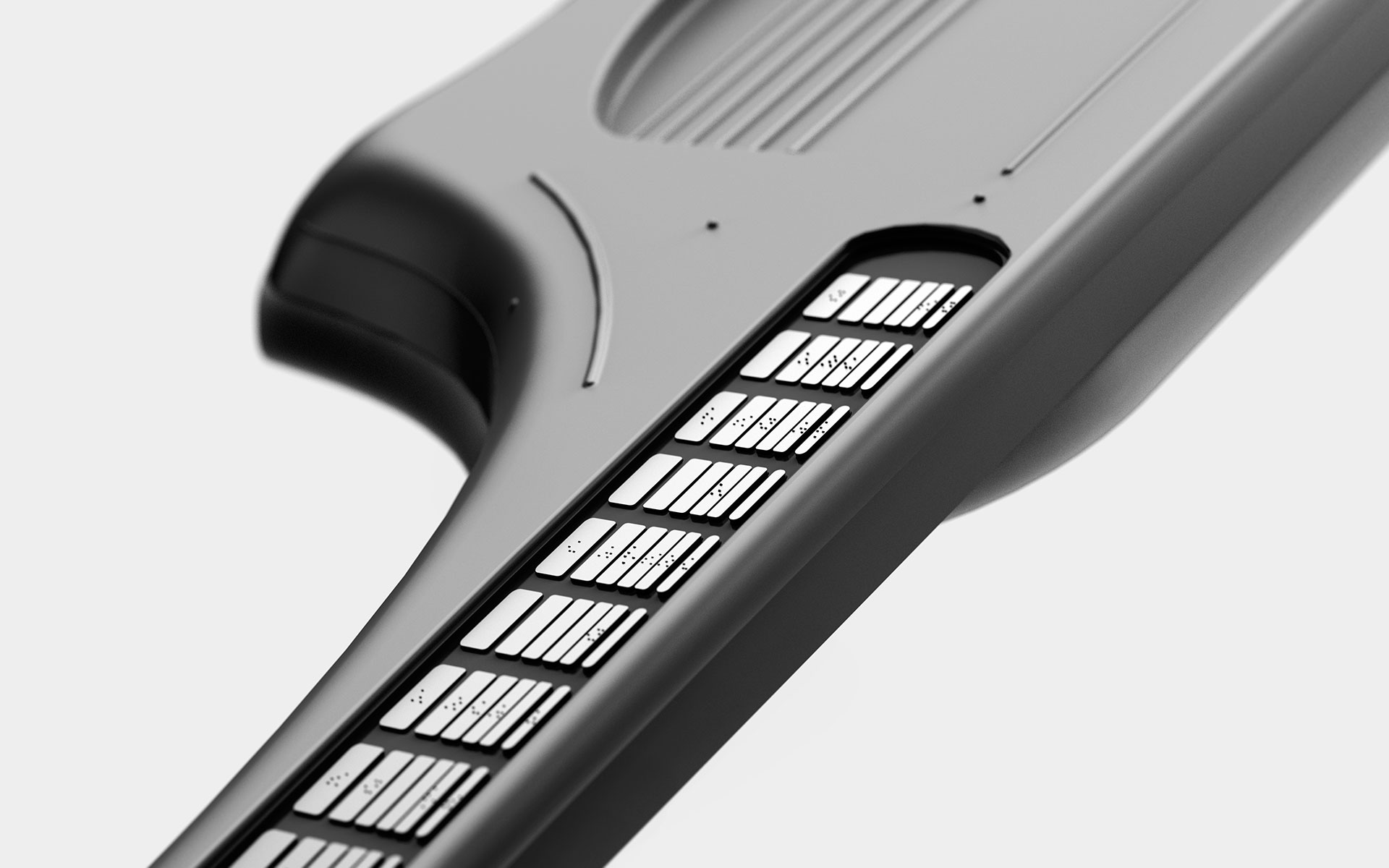
Speaking to STIR, Eojin Roh, one of the product designers behind VITAR shares, “People with mid-visual disabilities become more sensitive to auditory stimulation as an alternative and often gravitate towards musical activities. You can find braille scores to help people play the music they want, but you have to think about whether this itself is more challenging to start with. Many visually impaired people show a preference for stringed instruments, and I would like for them to play the guitar comfortably as a hobby.” What went through the designers’ minds while creating VITAR was that they could not ignore the primaeval guitar form as that would be too much of a departure purely in the name of inclusive design. “Although what we developed emerged from the familiar form of a guitar, it is entirely designed to make it easier for the visually impaired to navigate,” she adds.
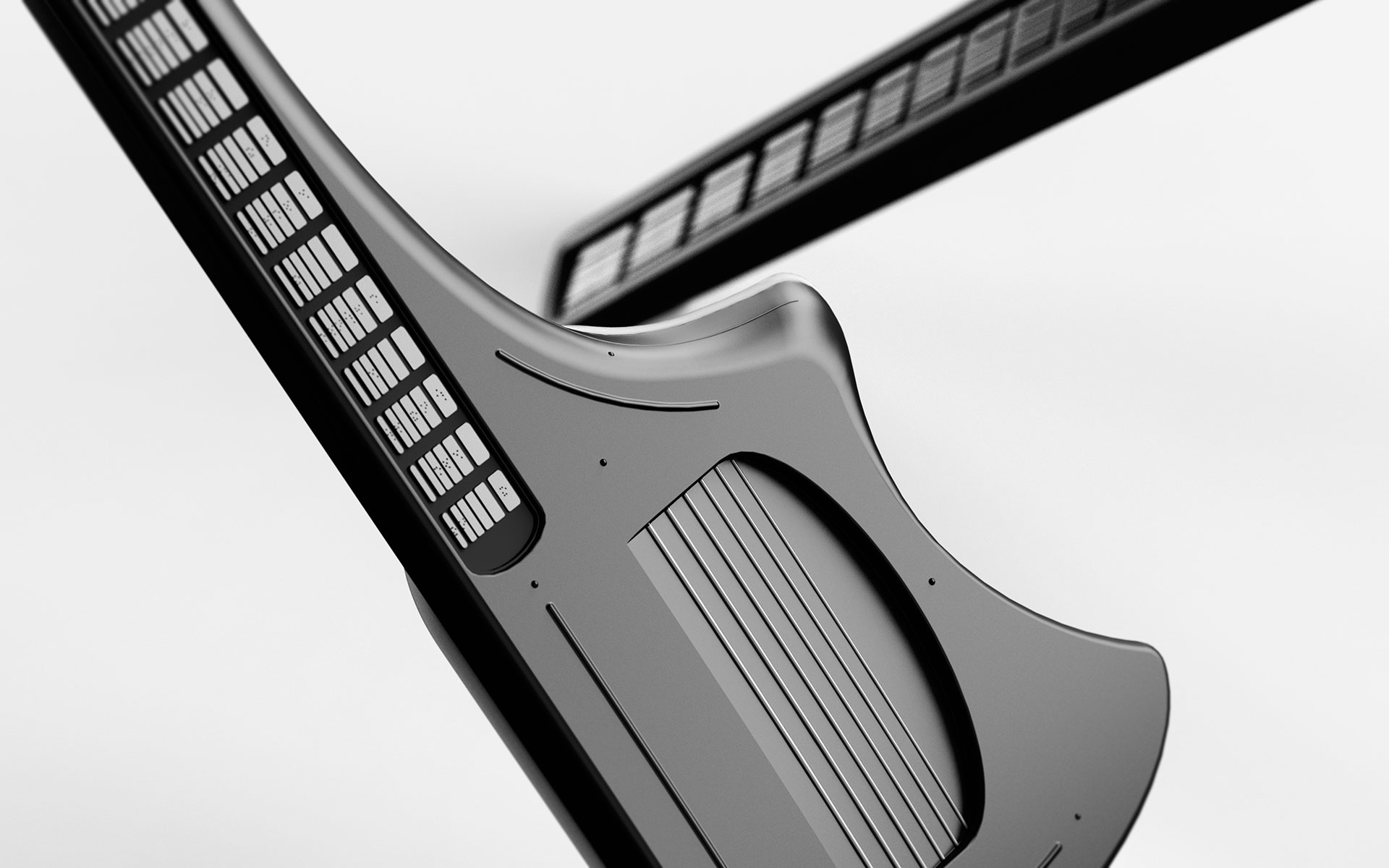
Hence, VITAR’s designers have taken the traditional single cutaway body and adopted a forward-looking design vocabulary that possesses a distinct identity of its own. The softer indented curve on one side of VITAR’s body—when compared to standard guitar cutaways—grants heightened access to the last few frets. Deconstructing the smooth curves often associated with the electric guitar and pairing them with harsher angular lines, VITAR’s body melds visual appeal, stylisation, compactness, and ergonomic design in a manner that is tailor-made for the ergonomic comfort of its projected user base.
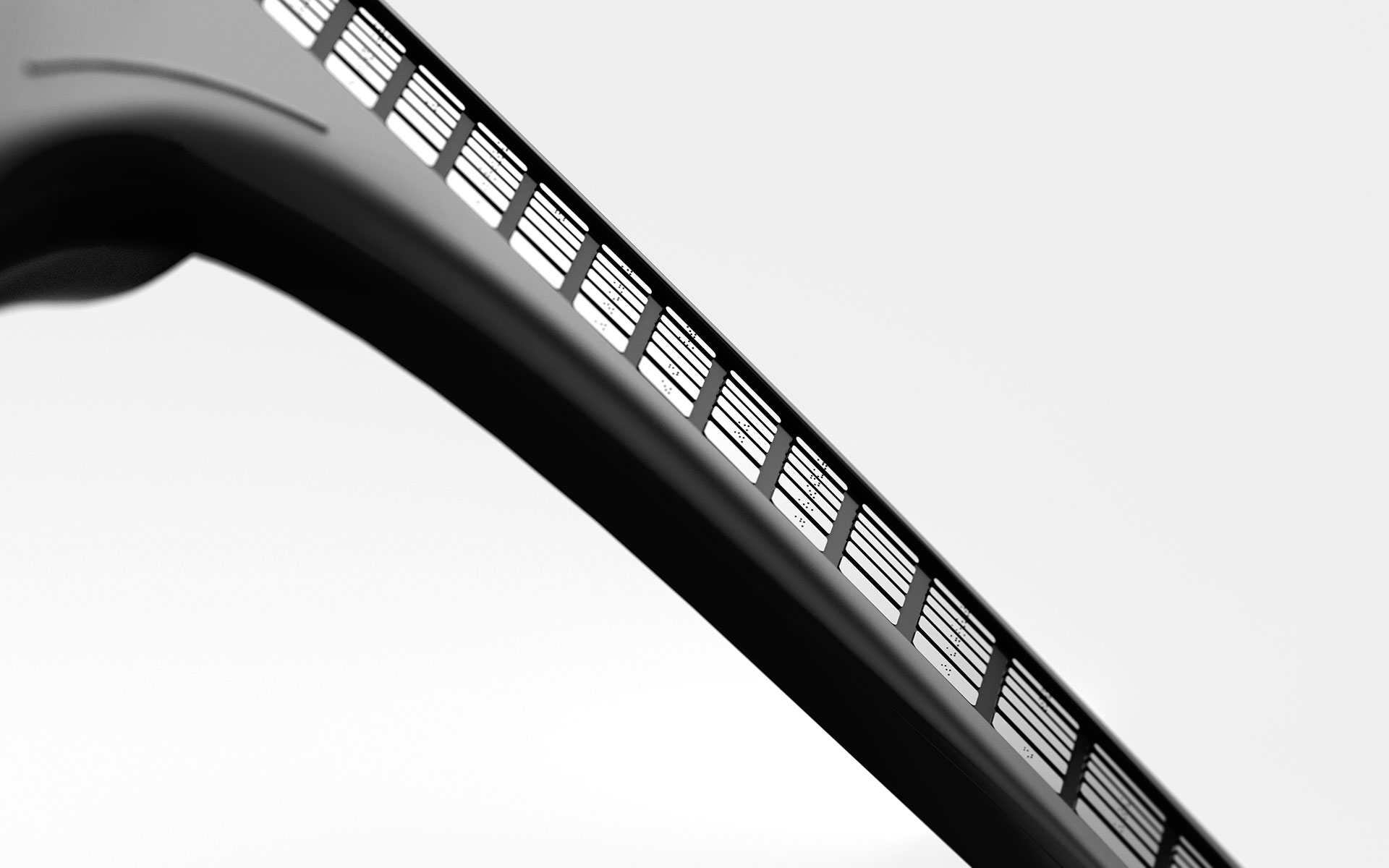
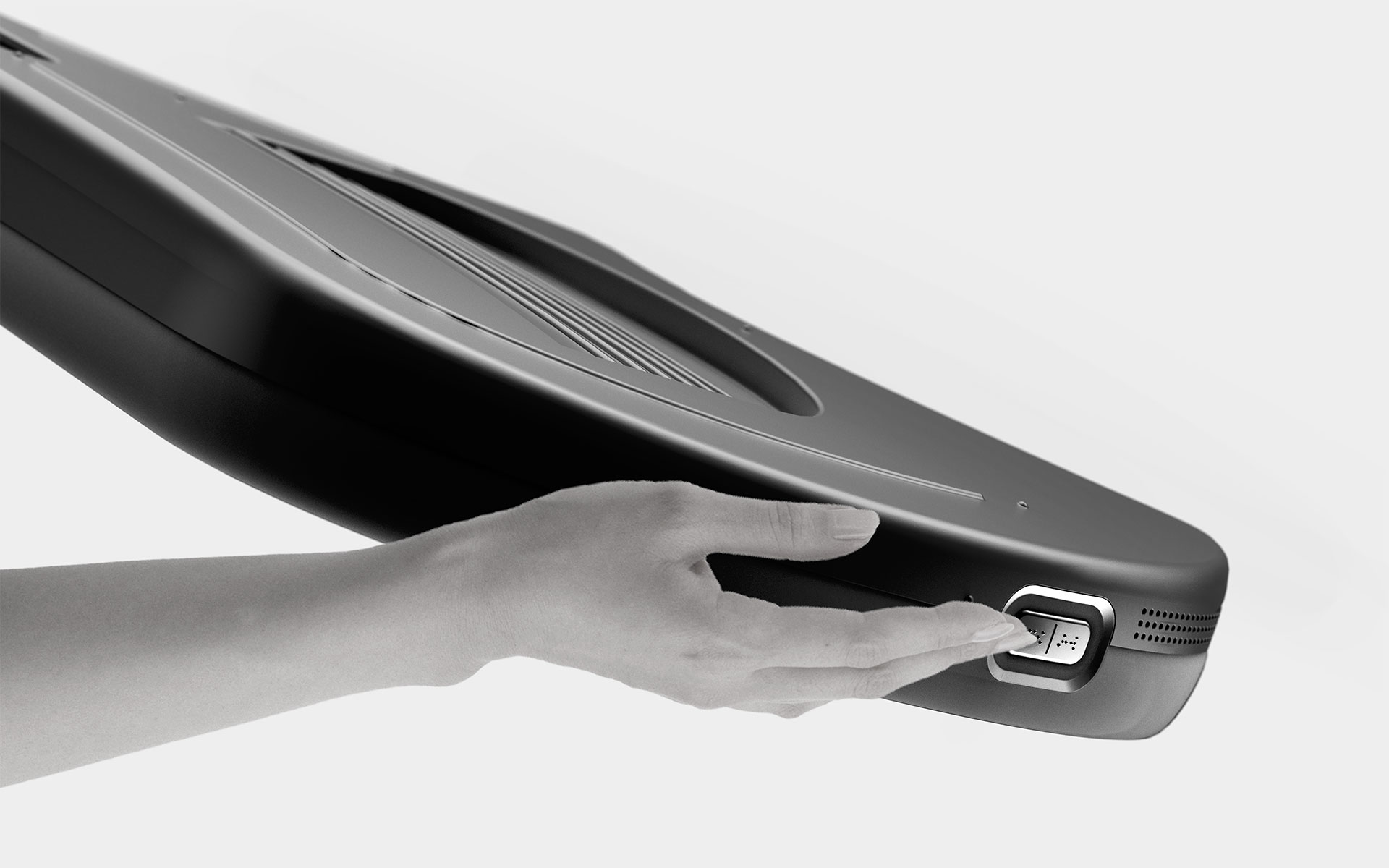
The body will itself be dressed in a matte plastic finish, contrasting the glossy metal on the frets. This choice was necessary to allow visually impaired users to distinguish between separate sections of the product’s body through touch alone. Guidelines placed on the neck and body allow users to identify which side they are looking at simply by feeling the ridges on their surfaces. Besides this, VITAR’s body also hosts a number of other braille inlay buttons that can be used to toggle other functions.
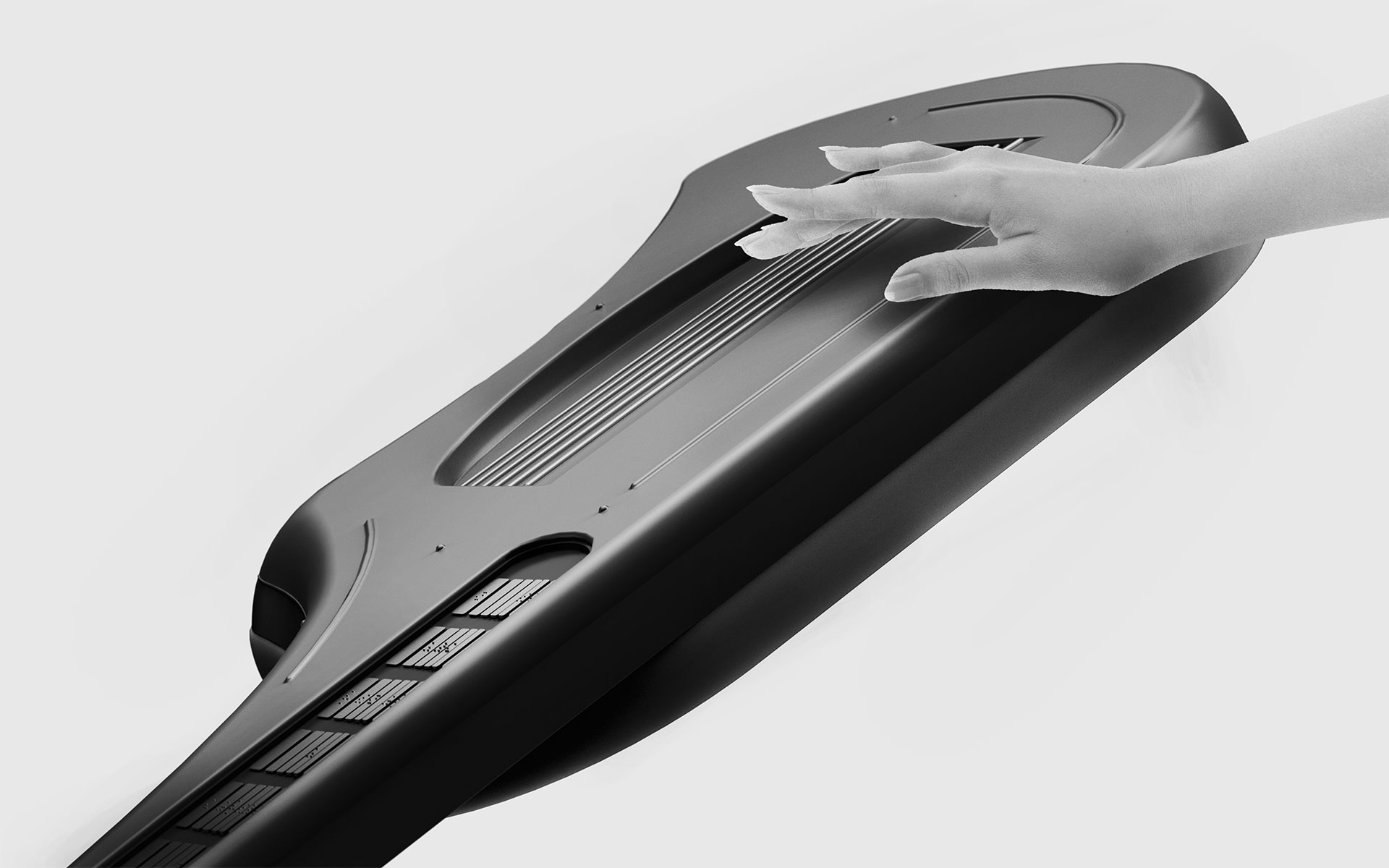
Despite how some of its core features diverge from the norms associated with the electric guitar as an instrument, VITAR makes a strong statement for inclusivity in the design of musical instruments. Catering to a user base that could significantly benefit from its introduction to the market, VITAR is a marker of an emerging trend in music design, where innovation is taking precedence over tried and tested formulas that have persisted through recent decades, to create works of contemporary design that bring something entirely new to the table.






 Sign in with email
Sign in with email


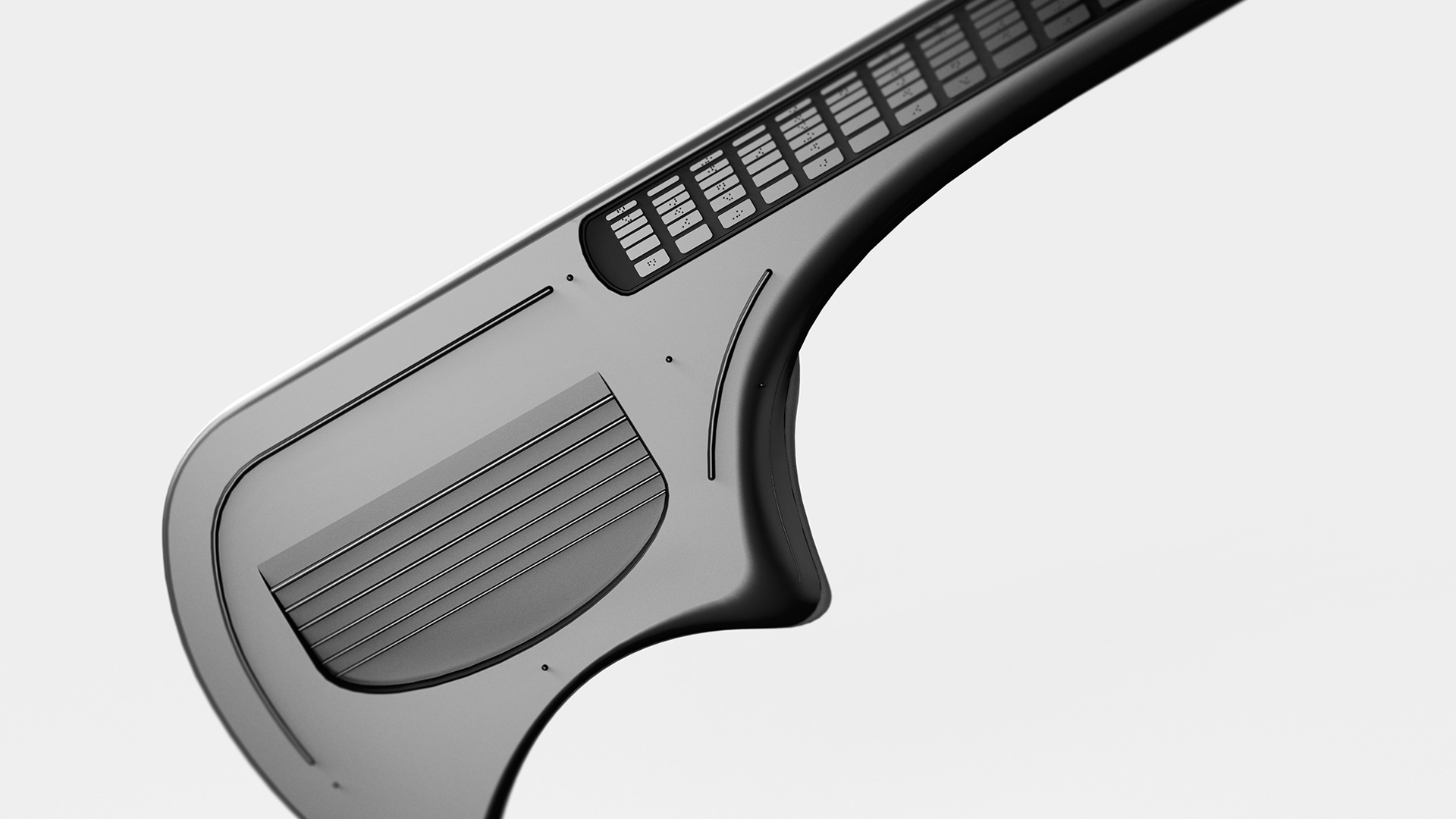
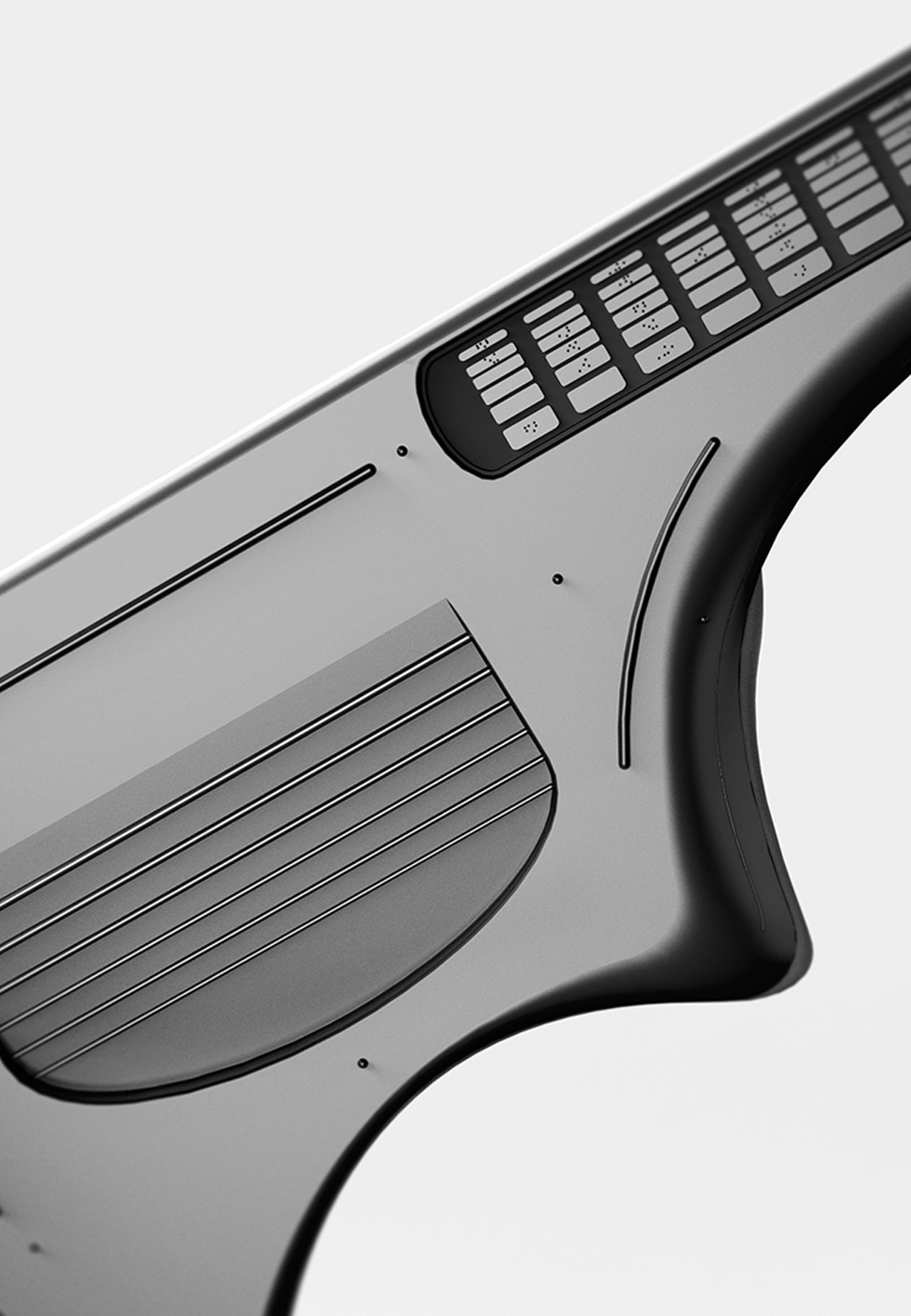






What do you think?